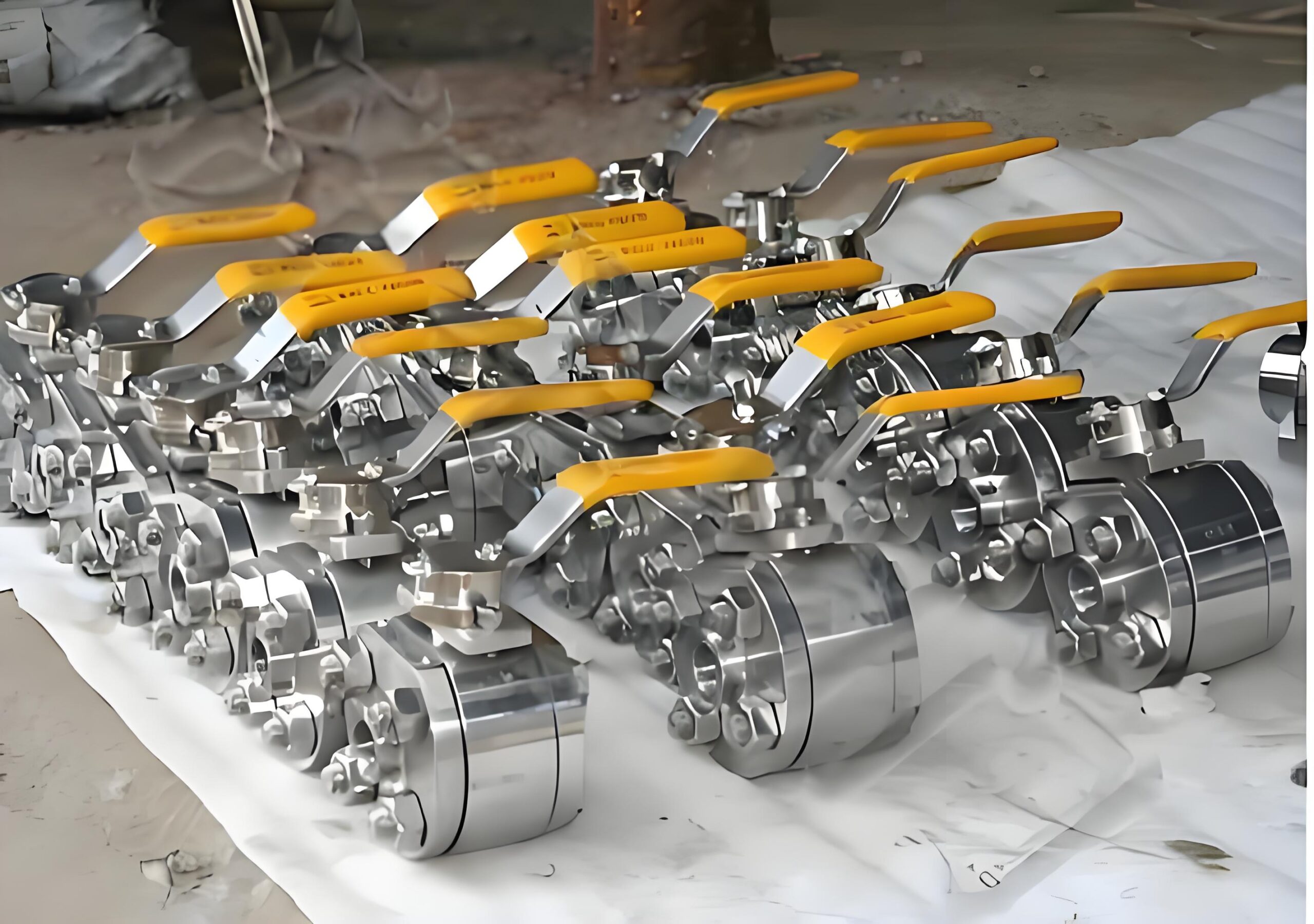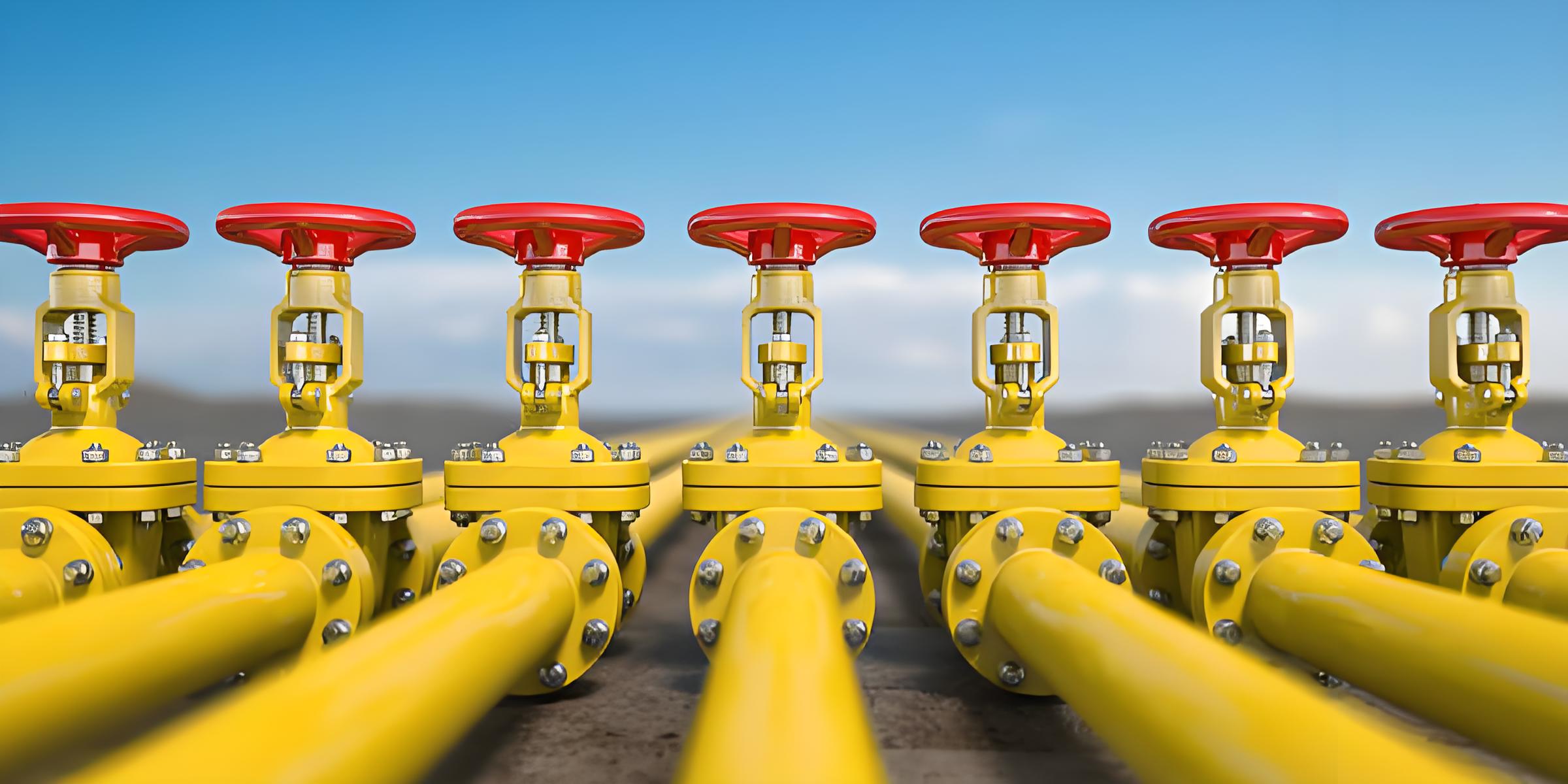Valve body materials require specialized heat treatment processes to enhance durability, dimensional stability and corrosion resistance. This article analyzes the typical treatment process of industrial valves commonly used alloys.
First, gray cast iron heat treatment
Gray cast iron is widely used due to low cost, good shock absorption, casting needs:
Thermal aging treatment
Purpose: eliminate casting residual stress.
Process: 500-600 ℃ slow cooling 24-48 hours.
Necessity: all gray cast iron valve body of the mandatory process.
High temperature annealing
Scenario: In case of incipient carburization defects due to improper cooling.
Alternative to thermal aging: only when casting defects are detected.
Second, carbon cast steel processing
Carbon steel valve body common process:
Annealing treatment
Objective: to reduce hardness, grain refinement, improve machinability.
Process: heated to 850-900 ℃ furnace cooling.
Normalizing + Tempering
Advantage: Optimization of mechanical properties (e.g. tensile strength).
Typical applications: high-pressure valve bodies requiring high precision.
III. Austenitic stainless steels (e.g. 304/316)
Key process to prevent intergranular corrosion:
Solid solution treatment (quenching)
Steps: 1050-1150 ℃ heating followed by water quenching.
Effect: dissolve chromium carbide, restore corrosion resistance.
Stabilized annealing
For stabilized grades (e.g. 321/347):
Heat at 850-900°C to allow harmless precipitation of carbides.
Deep Cold Treatment
Optional: -196 ℃ immersion to enhance high fatigue wear resistance.
Fourth, martensitic heat-resistant steel (such as ASTM A182 F11 / F22)
Critical steps for crack prevention:
Annealing after casting
Parameters: 700-750 ℃ insulation 4-8 hours.
Role: stress relief, grain refinement, hardness reduction.
Final Heat Treatment
Normalizing + Tempering:
Normalize at 930-950℃ → Temper at 650-700℃.
To achieve the best balance of strength and toughness.
V. Carbon steel forgings (such as ASTM A105)
Take 35# steel valve body as an example:
Normalizing after forging
Eliminate forging stress, grain refinement.
Tempering treatment
Hardness control in HRC 22-28, taking into account the cutting and toughness.
Material selection and process flow chart
Material type Main treatment process Core advantages
Gray cast iron Thermal aging Stress relief
Carbon cast steel Annealing / normalizing Mechanical properties optimization
Austenitic stainless steel Solution treatment Corrosion strengthening
Martensitic heat-resistant steels Annealing + Normalizing Crack prevention and overall performance enhancement
Summarizing
Proper heat treatment is the key to valve performance. For customized requirements, it is recommended to contact a certified foundry with NDT testing capabilities and metallurgical analysis, and to choose a supplier that complies with ISO 9001/API 600 standards to ensure quality traceability.
Valve body material heat treatment process details



